The following are additional thoughts (and maps) that could not be included in my presentation during ESEH 2017. The paper as well as the powerpoint presentation, entitled “Boundless Water, Bordered Lands” can be found on my academia.com site for download.
Disasters are always disproportionate. They affect some people, some environments, and some social systems far more than others. Teasing out the reasons for these disparities and exploring their consequences and origins have been some of the more significant and consistent threads of natural disaster research over the past several decades. The social science of disaster often focuses on these questions and the way in which they challenge or reinforce existing social disparities. How do issues of gender, race, religion, or class affect the outcomes of disasters? Economically and socially disadvantaged groups, or groups without access to the political power necessary to mediate recovery, tend to lose most in the wake of disaster. These observations have taken on the importance of near-truisms, particularly in the realm of vulnerability studies. Historians of natural disaster have an important role to play in this dialogue. History provides a wealth of additional examples to test assumptions about the interplay between social and natural systems that create vulnerabilities and moderate social resilience (Van Bavel & Curtis) Just as importantly, as Greg Bankoff has previously asserted, vulnerability itself is an historical construct. (Bankoff, Time is of the Essence) The social hazards of living in low-lying areas, building wooden houses unable to withstand earthquakes or fires, or organizing communities without access to centralized disaster relief are products of far deeper histories of disenfranchisement and vulnerability.
In the context of the Christmas Flood of 1717, we see the truism of disaster disparity starkly reified. Although the flood is often considered a true “North Sea Flood,” affecting a huge area of its southern coastline, in reality, its impact was far from homogeneous.
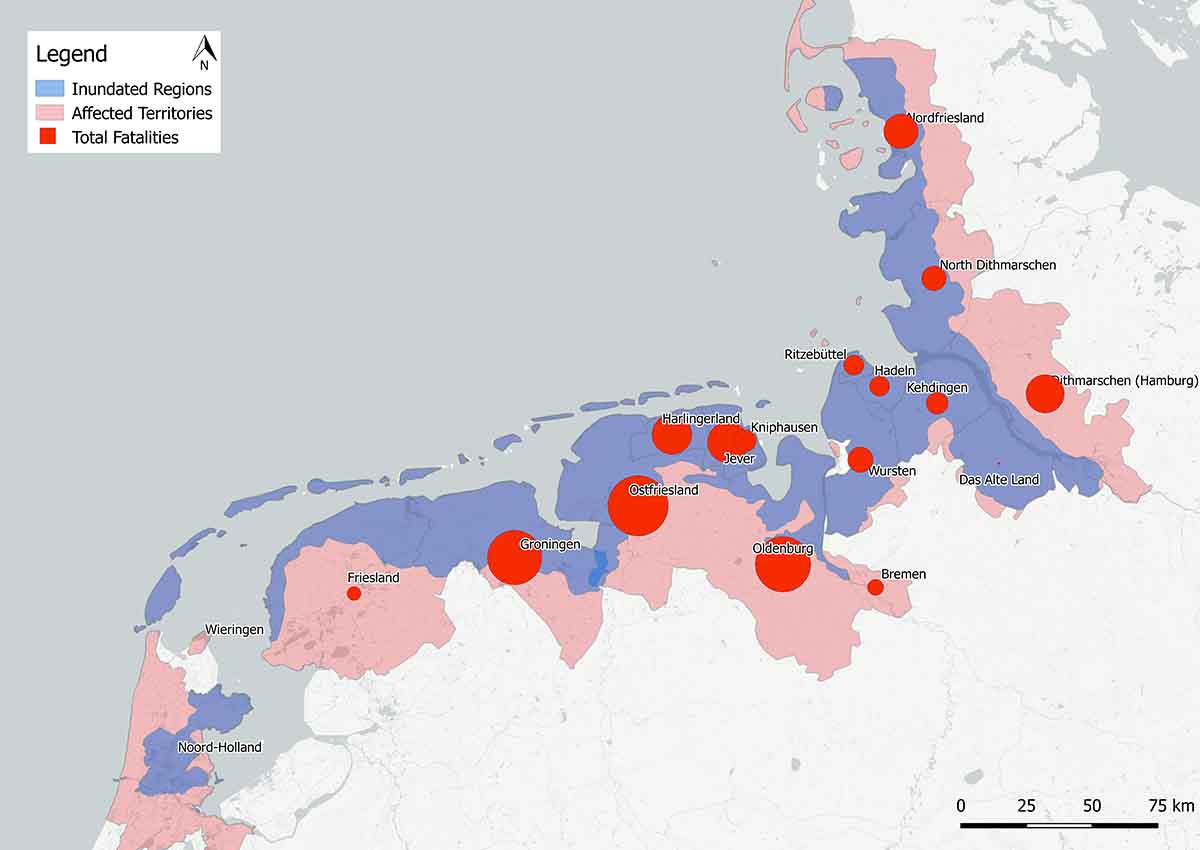
Figure 3- The size of red circles represents the proportion of total losses during the Christmas Flood as reported in Jan Buisman, Duizend Jaar Weer, Wind En Water in de Lage Landen. Deel 5: 1675-1750. Franeker: Van Wijnen, 2006. It should be noted that the spatial extent of the Christmas Flood has been a source of consistent debate and extensive analysis. Already in 1720, G. Outhof criticized the accuracy of Homann’s map, from which this layer is derived. The most extensive critical analysis of this map can be found in D. Hagen Die jämmerliche Flut von 1717; Untersuchungen zu einer Karte des frühen 18. Jahrhunderts, Oldenburg 2005. Sources: Inundated regions derived from Homann, Geographische Vorstellung der jämmerlichen Wasser-Flutt in Nieder-Teutschland, 1718. Territorial boundaries modified from 1830 provincial data. Dr. O.W.A. Boonstra (2007): NLGis shapefiles. DANS. https://doi.org/10.17026/dans-xb9-t677. German territories modified from 1815 provincial data, MPIDR [Max Planck Institute for Demographic Research] and CGG [Chair for Geodesy and Geoinformatics, University of Rostock] 2011: MPIDR Population History GIS Collection (partly based on Hubatsch and Klein 1975 ff.) – Rostock. Hubatsch, W. and T. Klein (eds.) 1975 ff.: Grundriß der deutschen Verwaltungsgeschichte – Marburg. http://www.censusmosaic.org/data/historical-gis-files

Jakubowski-Tiessen’s book remains the seminal work on the Christmas Flood, though it does not cover the consequences in the Dutch Republic.
I explored this question in my conference paper, called “Boundless Water, Bordered Lands,” for the European Society of Environmental History Biennial Conference in Zagreb, Croatia in July 2017. I choose for my comparison the Dutch Province of Groningen and the “German” province of East Frisia. On paper, they appear complementary. They experienced roughly equivalent losses in human lives and property in the immediate aftermath of the flood. Almost immediately, however, their experiences diverged. Groningen quickly rebounded, whereas East Frisia proved far less resilient. Why was this the case?
Explanations might be sought in the type of dikes or their management. Both regions, however, constructed roughly similar coastal defenses maintained and financed by similar dike institutions (dijkrechten in Groningen, deichachten in East Frisia). Less proximate similarities run deeper still. Groningen and East Frisia were (and are) part of the Frisian cultural zone bordering the Wadden Sea, a thin intertidal space sandwiched between the mainland and an archipelago of barrier islands. For centuries, people living along the coast exploited the rich sea clay and interior peat soils and developed communities that shared numerous cultural, linguistic, and economic conditions. The similarities between dikes and dike institutions in East Frisia and Groningen were partly derivative of this deeper history and more recently, historians have explored their underlying unity in the context of shared vulnerabilities, adaptation, and resilience to coastal flooding. Variously termed a “coastal culture of disaster,” “hydrographic society,” or “amphibious society,” these concepts have been applied to communities along the entire North Sea coast, but tend to highlight particular relationships in coastal Germany and Holland.
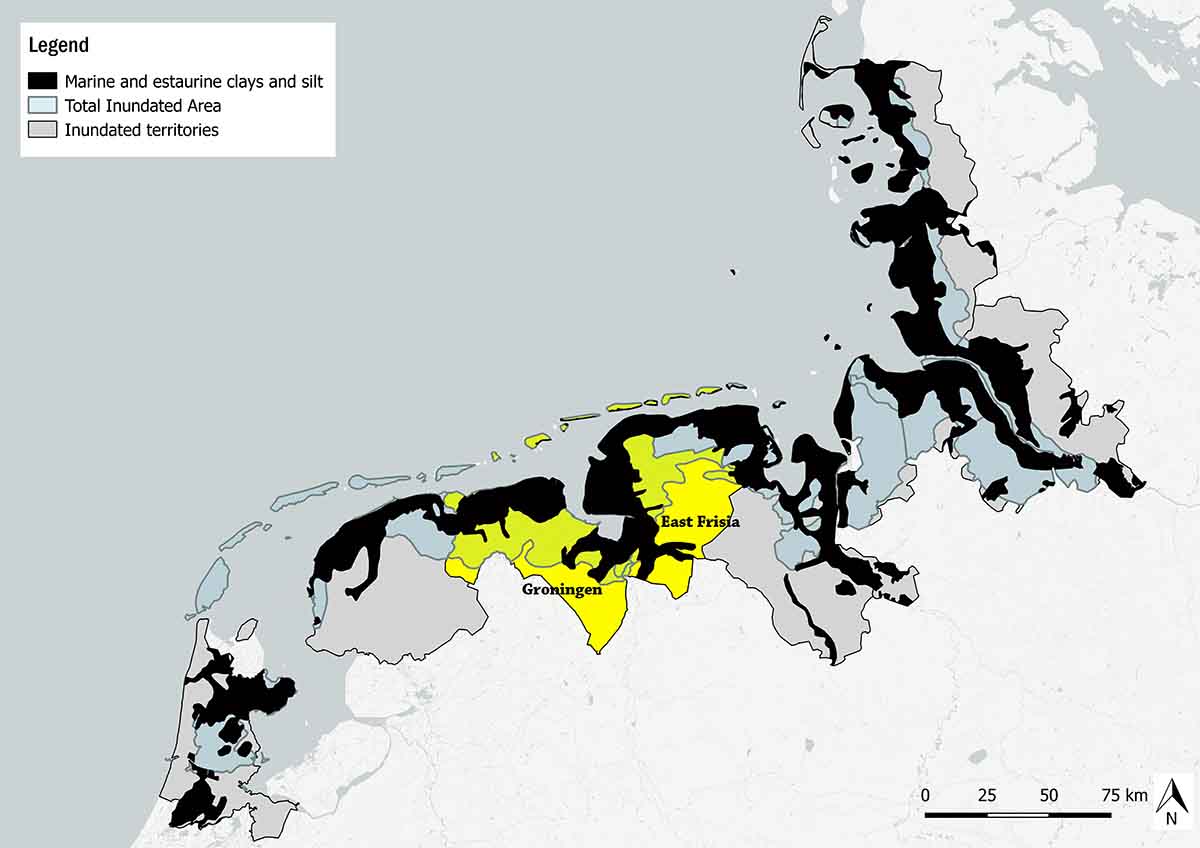
Figure 1- The sea clay coastline of the North Sea was hardest hit, with the majority of fatalities located here. Sources: Inundated regions derived from Homann, Geographische Vorstellung der jämmerlichen Wasser-Flutt in Nieder-Teutschland, 1718. Territorial boundaries modified from 1830 provincial data. Dr. O.W.A. Boonstra (2007): NLGis shapefiles. DANS. https://doi.org/10.17026/dans-xb9-t677. German territories modified from 1815 provincial data, MPIDR [Max Planck Institute for Demographic Research] and CGG [Chair for Geodesy and Geoinformatics, University of Rostock] 2011: MPIDR Population History GIS Collection (partly based on Hubatsch and Klein 1975 ff.) – Rostock. Hubatsch, W. and T. Klein (eds.) 1975 ff.: Grundriß der deutschen Verwaltungsgeschichte – Marburg. http://www.censusmosaic.org/data/historical-gis-files; The European Soil Database distribution version 2.0, European Commission and the European Soil Bureau Network, CD-ROM, EUR 19945 EN, 2004.
In the conference paper, I argued that the conflict between Prince Georg Albrecht and his Calvinist subjects along the sea clay coasts was a significant contributor to the divergent path East Frisia would take from Groningen in the aftermath of the Christmas Flood. The flood created severe financial difficulties and sparked social unrest in both regions (the Aduard uprising in 1718 in Groningen, and the Appelle Krieg of 1726 in East Frisia). In contrast to the Aduard uprising, which was highly localized to the lightly affected Western Quarter of Groningen, the East Frisian resistance exhibited far greater solidarity and power in the face of their Lutheran Prince. The indirect (and unintended) consequence of this solidarity was inaction in rebuilding their own dikes. Financial troubles were compounded by regional resistance to state-directed rebuilding efforts, which inhabitants viewed as a breach of their traditional rights. Subsequent floods in 1718 and 1720 destroyed what little repairs could be completed. Ultimately, it would take over 6 years to rebuild the dikes, during which time the landscape had remained susceptible to inundation, harvest failure, and continual out-migration. We should be very careful to contextualize historical interpretations of solidarity, particularly after floods. Communities could rely on multiple avenues to achieve solidarity, but they weren’t necessarily productive and didn’t always involve a recognition of shared risk to natural hazards (the presence of which disaster culture historiography depends on to a great extent).
During the question and answer period, Richard Unger asked what distinction should be made between “communities” and people with “shared interests” – an important distinction to be sure, but one that is often taken for granted in the historiography of “disaster cultures.” Most scholars who have weighed in on the subject, I think, would argue that shared interest in the face of natural hazard partly defined those communities’ cultures. These understandings were constantly contested and ever-changing, just as the broader cultures themselves evolved. Whether we can then transcend key differences and negotiate the shifting landscape of these relationships to find a “model” representative of all Wadden Sea cultures of coping with disaster remains an open question. The solidarity expressed by coastal communities in East Frisia in the aftermath of the Christmas Flood sharply contrasted with those in Groningen. This example demonstrates how issues of post-disaster solidarity, interest, and community were contingent on the underlying political and social issues at play in the wake of single disastrous events.
Next post: exploring the geography of vulnerability and the potential intersection of multiple disastrous events.


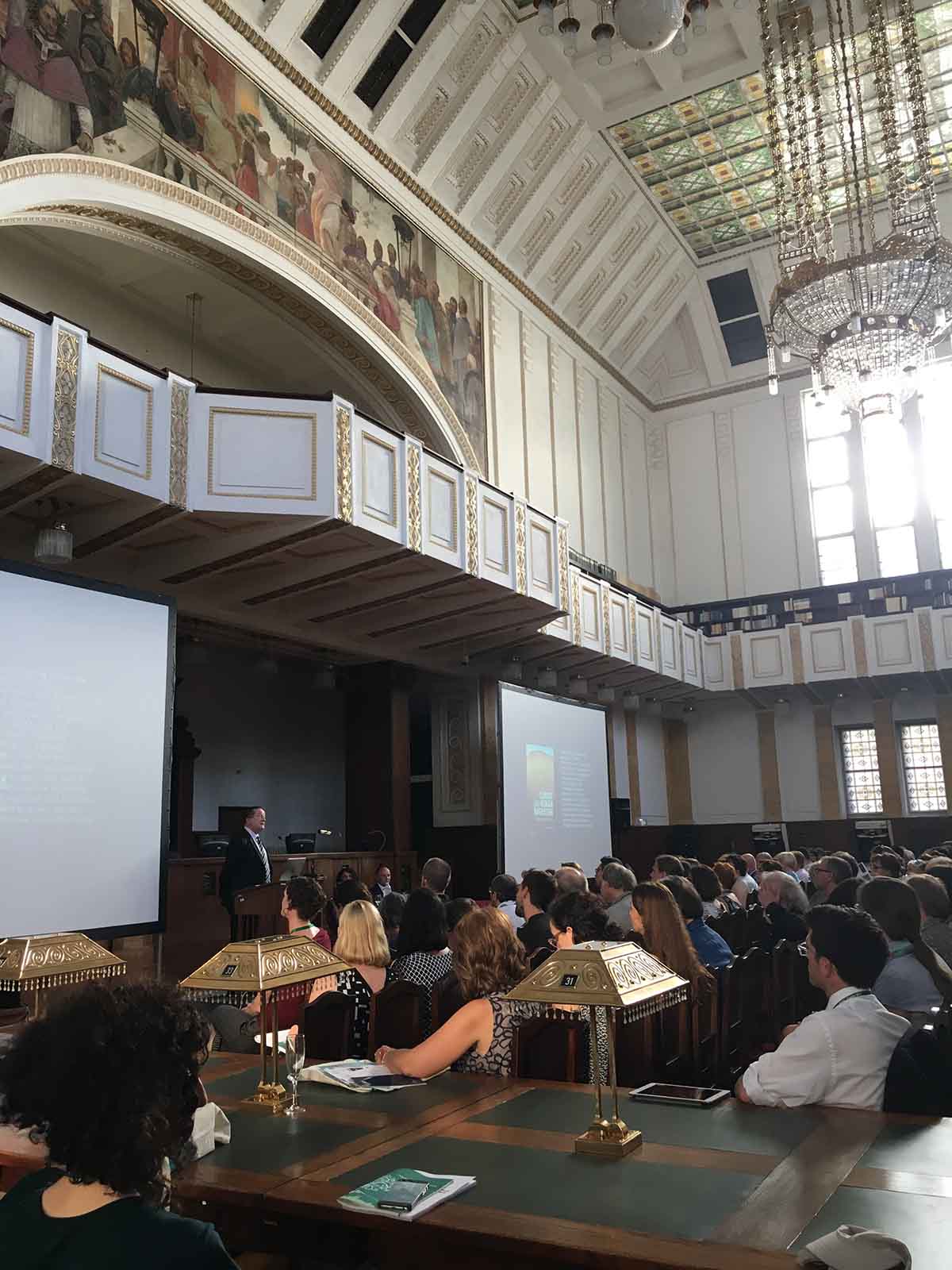

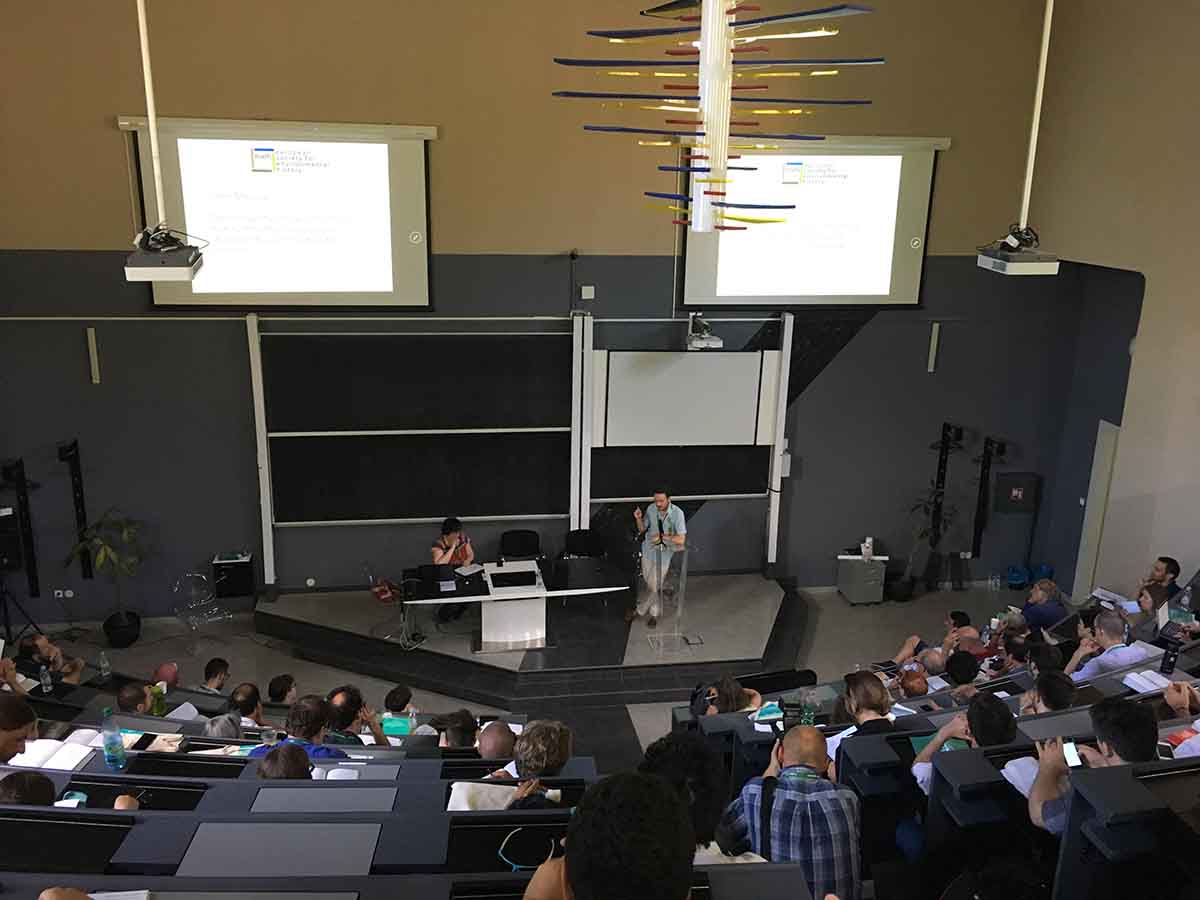




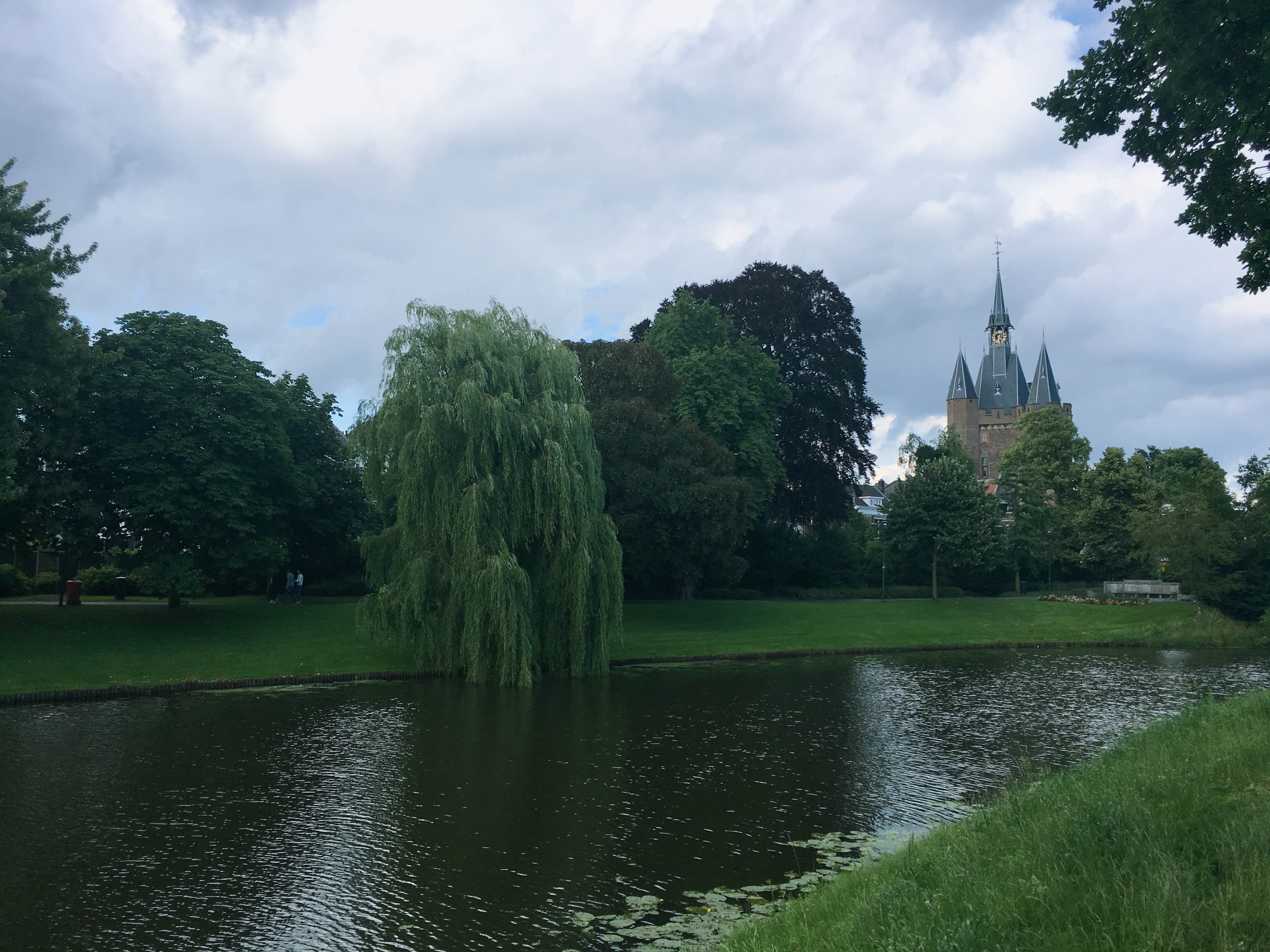
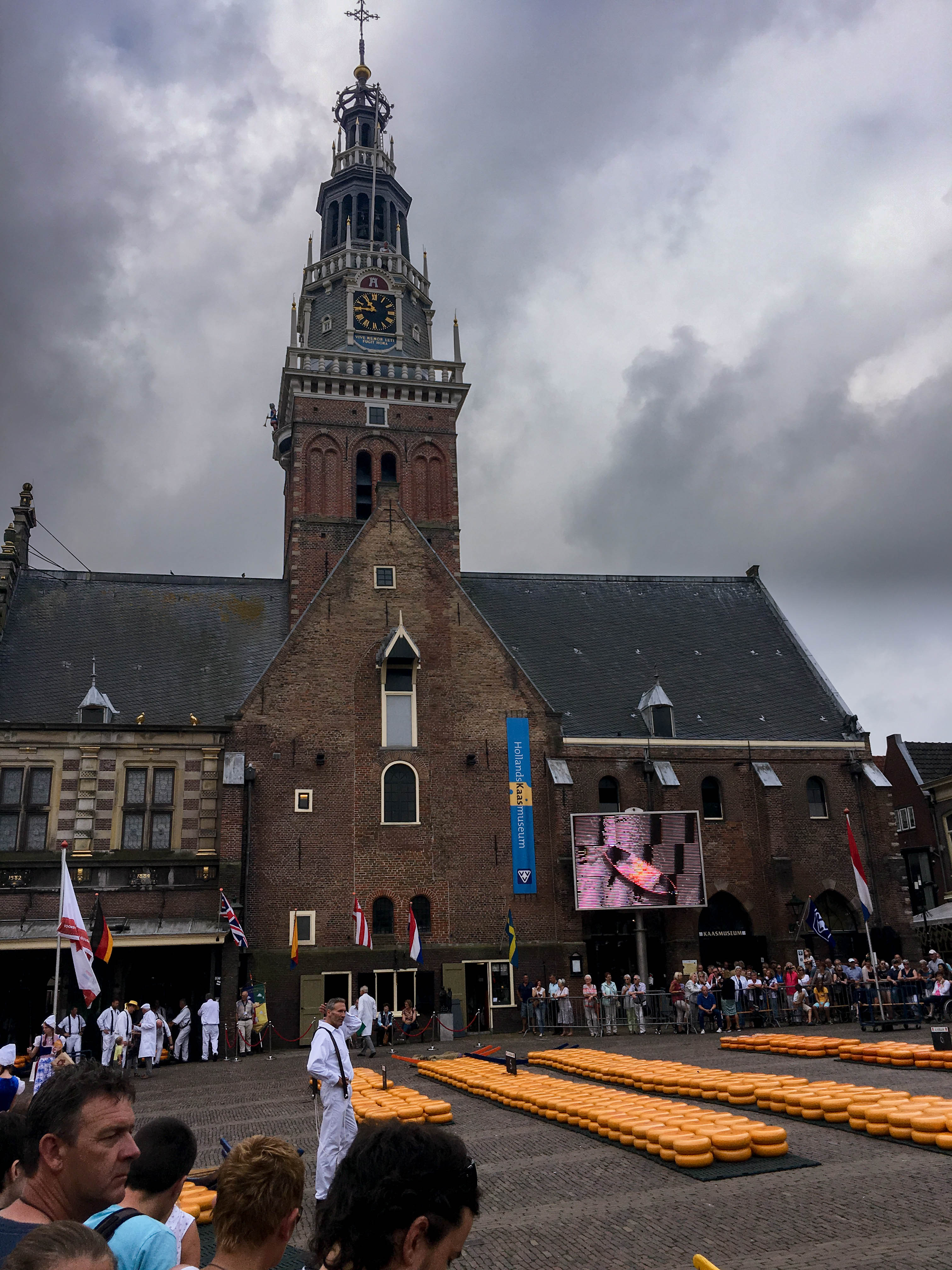
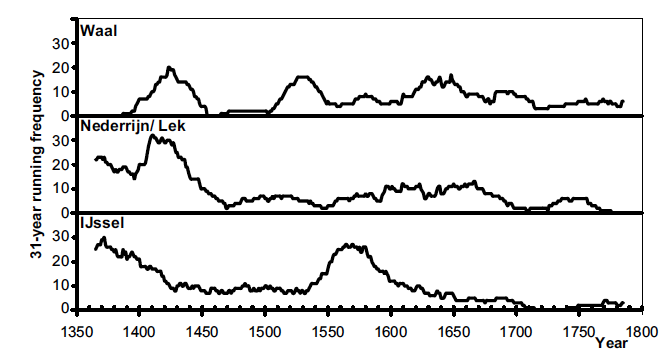


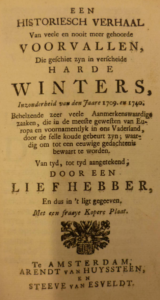


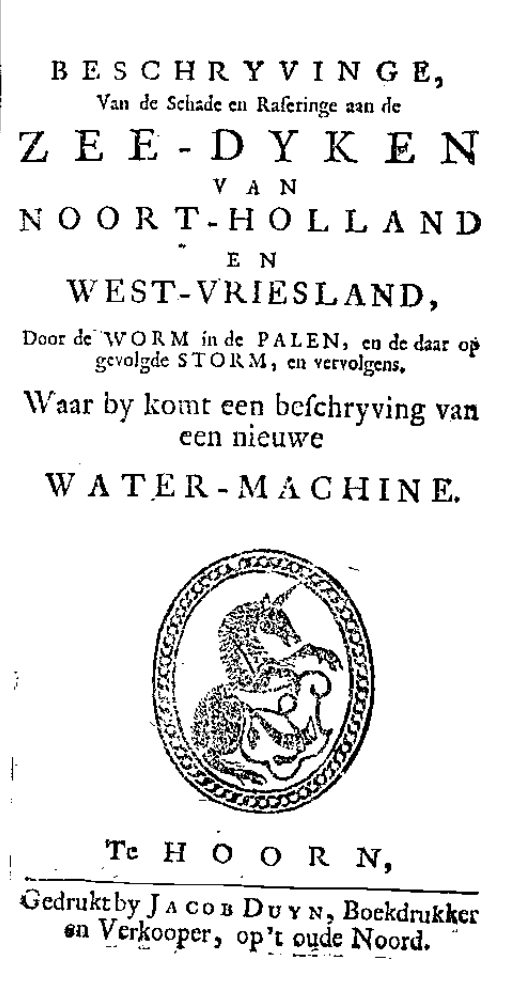

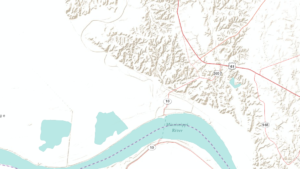
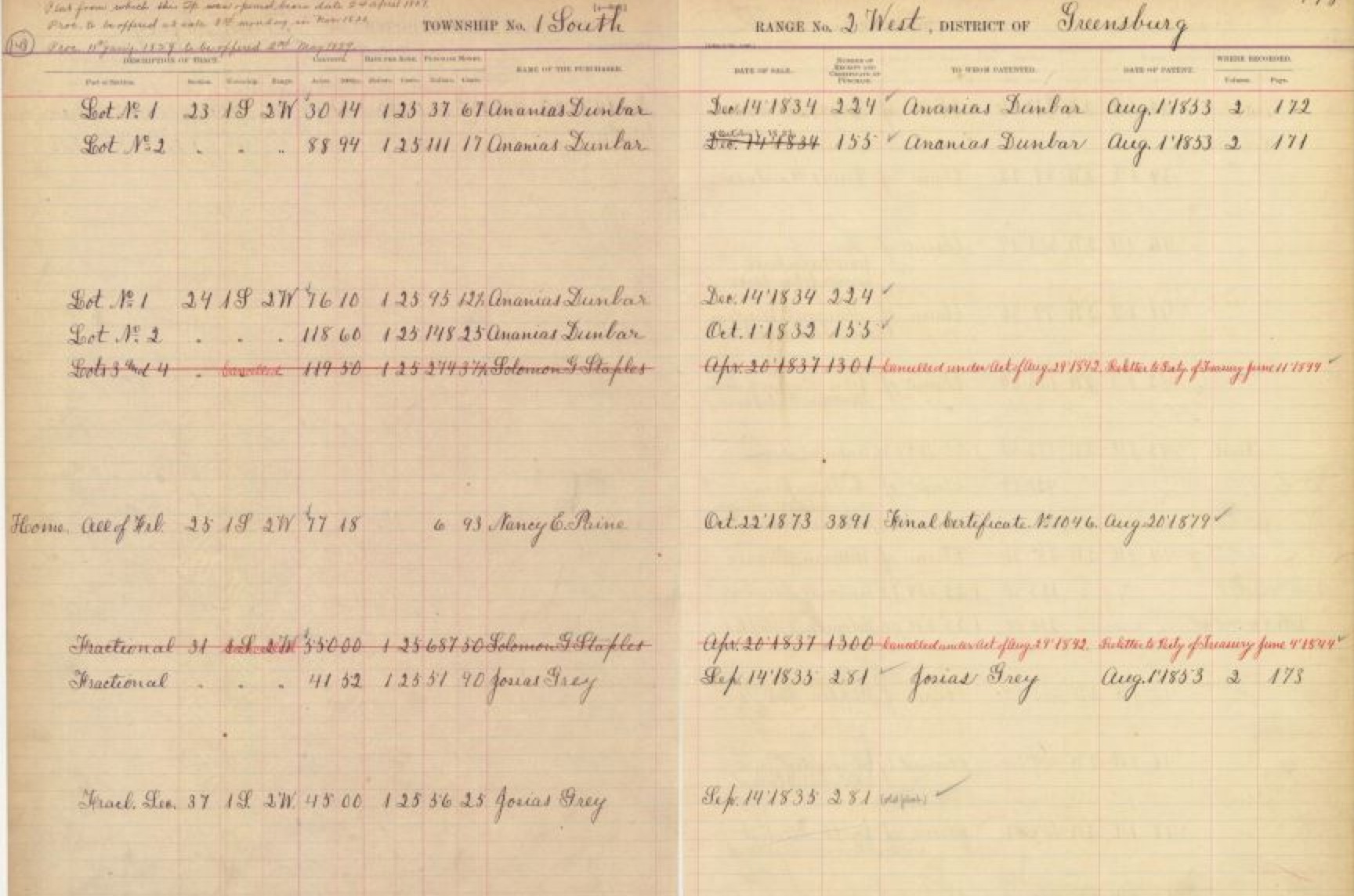
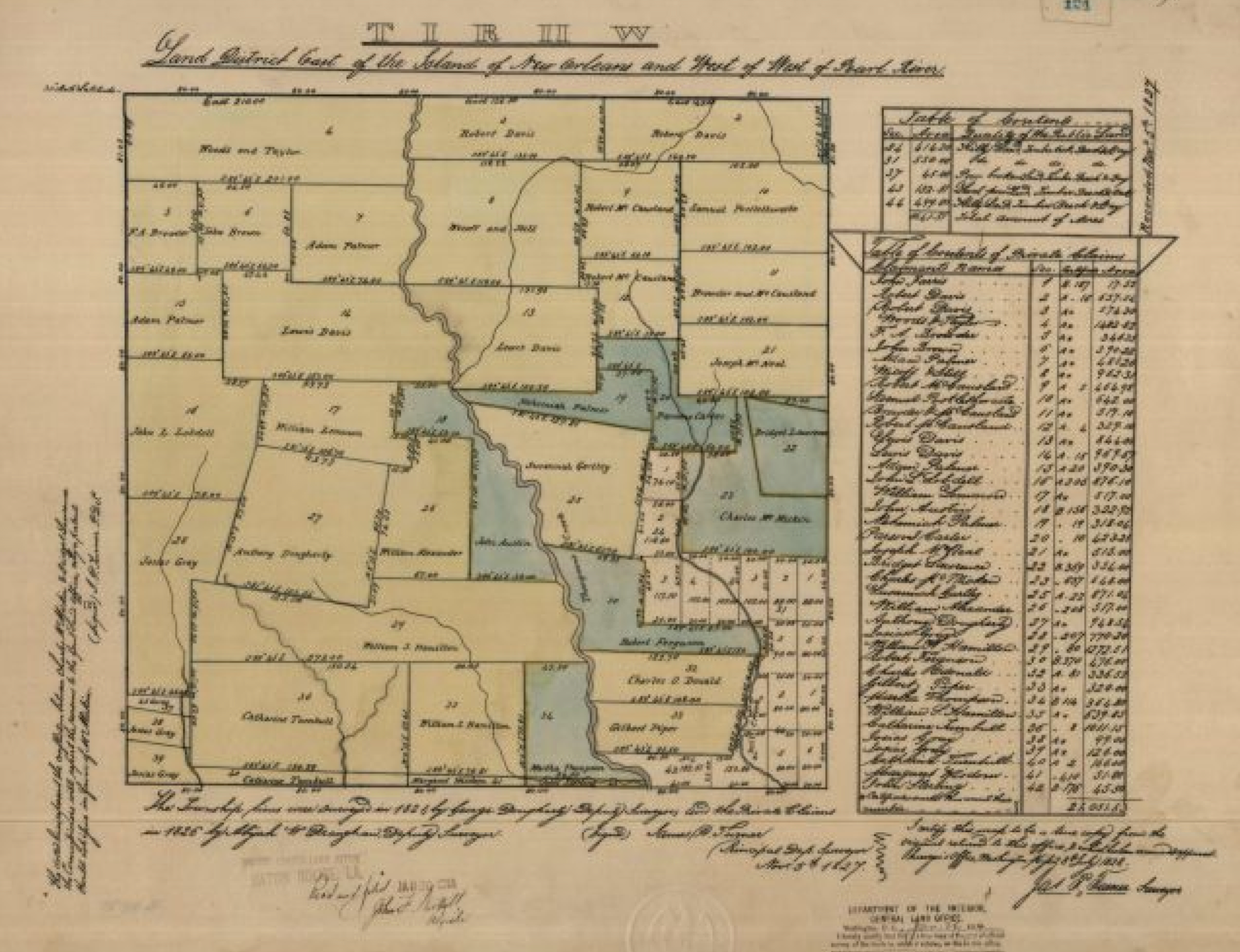


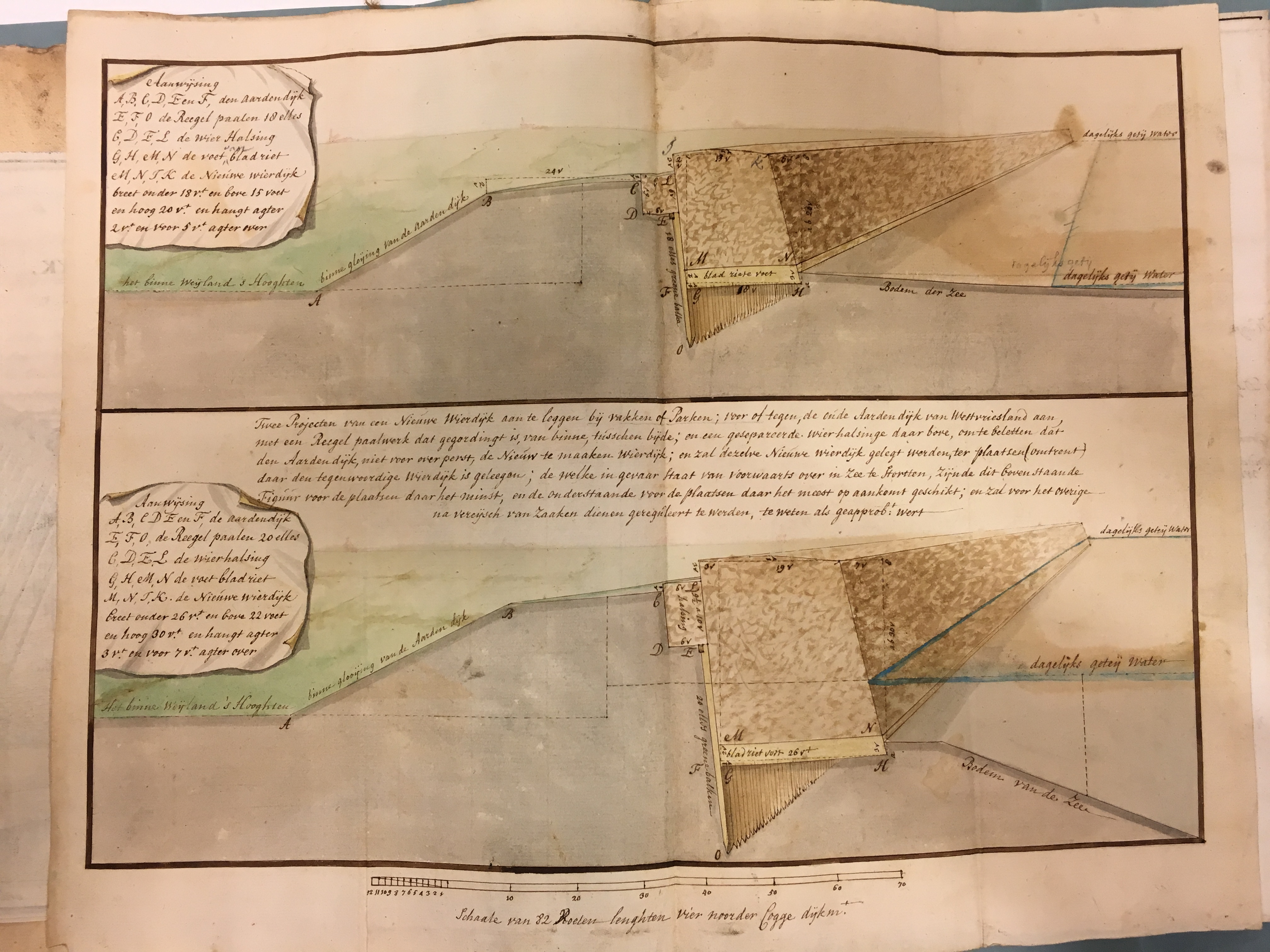
.jpg)
